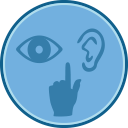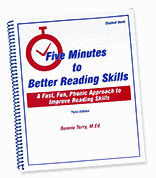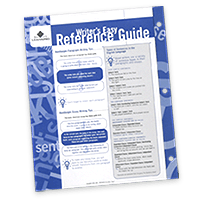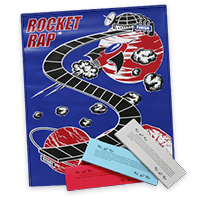Brain Based Learning: Auditory Processing and its Impact on Learning
February 5th, 2015A Brain Based Learning Approach Through Bonnie Terry Learning
Brain-based learning encompasses the general belief that learning can be improved and even accelerated when teaching strategies are based on the science of learning. That being said, everyone takes information in through their five senses: smell, taste, hearing, seeing, and doing. So, we need to pay attention to this science of how we take in information in order to improve learning.
Within each of the five senses, there are subcategories. The sense of smell can sense sweet, pungent, savory, floral, putrid, etc. The sense of taste can break down foods into salty, sweet, bitter, or sour. Within hearing (auditory processing), seeing (visual processing), and doing (tactile/kinesthetic processing), there are 9 sub-categories each. When learning is difficult, it is due to one or more of those areas not working as efficiently as they could, should and can.

Brain Based Learning and The Auditory Perception System
It is important to remember that hearing is not a based on only one sensory-perceptual skill. The central auditory nervous system (CANS) is a complex system with multiple components (sub-categories) and levels. Anatomically, the auditory system includes nuclei and pathways in the brainstem, subcortex, primary and association areas of the cortex and corpus collosum. Much of what constitutes central auditory processing is pre-conscious. That is, it occurs before a listener’s conscious awareness. What is experienced by the listener is an auditory perceptual event (Plomp, 1976; Tyler, 1992; Warren, 1984).
Although the CANS is critical to auditory functions, including spoken language processing and many other complex signals, several other factors are involved as well. Even the simplest auditory tasks are influenced by such higher-level, nonmodality-specific factors as attention, learning, motivation, memory, and decision processes. Higher level contextual information influences the perceptual analysis of the acoustic signal, and various knowledge sources interact and support the auditory processing of spoken language and other complex acoustic signals, such as music (Bregman, 1990; Duetch, 1975, 1982; Handel, 1984, 1989; Jones, 1987; McAdams & Bregman, 1979; McAdams & Saariaho, 1985).
Sample of Therapeutic Activities That Address Auditory Processing
Activities/Resources that teach synthesis of phonemes into words…
The spelling lessons in Bonnie Terry Learning’s (BTL) ASW Spelling Program, Making Spelling Sense, and Making Spelling Sense II use a method that teaches both this process and the structure of the language. Each lesson teaches both the spelling patterns and the words, one letter or blended letters at a time, and the student then blends all of the letters together to form words.
The (BTL) ASW VAK Therapy Program, ASW Reading, Writing, & Study Skills Program, ASW Premium Program, and Five Minutes to Better Reading Skills all teach syllable segmentation, segmentation of individual phonemes, blending, and fluency.
The ASW VAK Therapy Program teaches all nine areas of auditory perception, the nine areas of visual processing and the nine areas of tactile/kinesthetic processing. This includes the above steps.




























